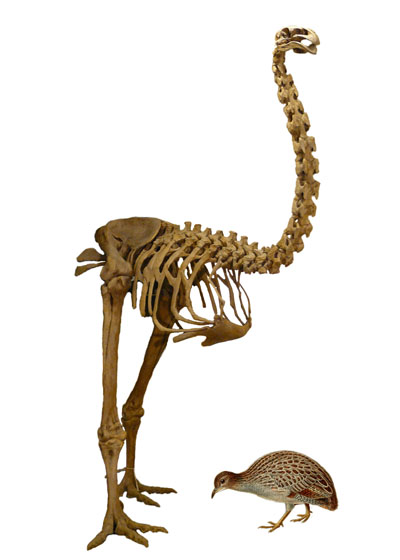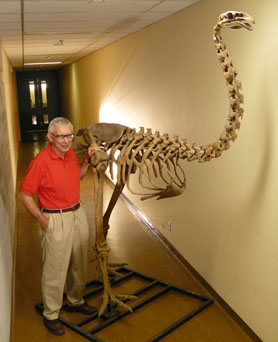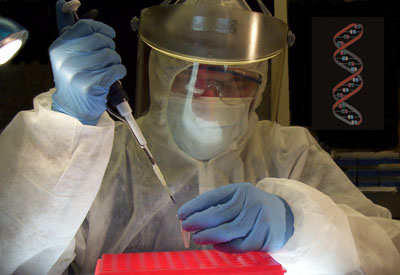Ancient DNA Confirms Giant Flightless New Zealand Moa are Closely Related to South American Tinamous
Published
Category
Press Release
Ancient DNA Confirms Giant Flightless New Zealand Moa are Closely Related to South American Tinamous
Ancient DNA extracted from the bones of an extinct ratite illustrates how species that look similar may not be closely related

The research presented in the article “Genomic support for moa-tinamou clade and adaptive morphological convergence in flightless ratites” gives further evidence that flightless birds, known as ratites (such as ostrich, emu, cassowary, rheas and kiwi) who share similar morphological characteristics as a result of convergent adaptations to a cursorial lifestyle and their environment.
“The debate surrounding the evolutionary relationships of the moa now has massive DNA support from which to draw conclusions” said Dr. Allan Baker, ROM Senior Curator of Ornithology. “The ancient DNA samples, taken from moa specimens in the ROM's collections, enable us to conduct this research. The results also show how difficult it can be to determine evolutionary relationships among species by looking at how similar they are in shape and size."

To obtain DNA of the moa they utilized ancient DNA from the bone of an extinct little bush moa. Conducted in the clean-room DNA lab at the ROM, the team was able to obtain a small sample of DNA that they were successfully able to replicate to a suitable sample size for analysis.

To read more about the moa andtinamou connection and the work involved by the team who conducted the DNA research see the ROMblog
https://www.rom.on.ca/en/blog/genomic-dna-sequences-confirm-the-close-relationship-between-the-giant-flightless-moa-and-the


